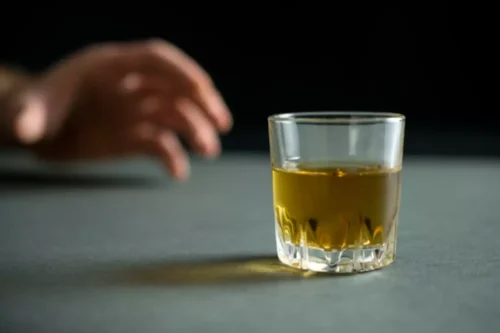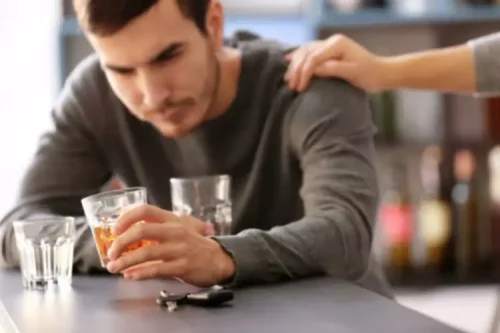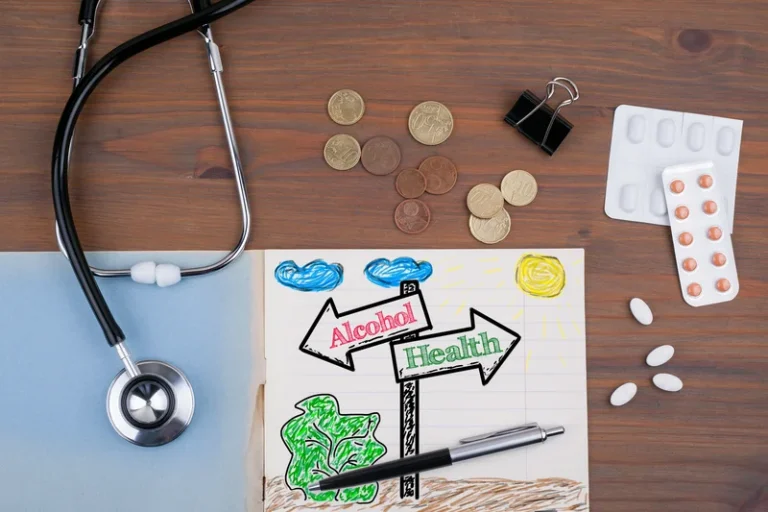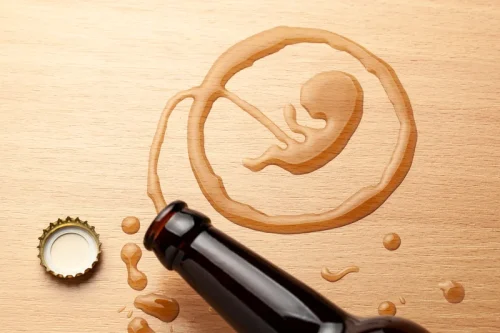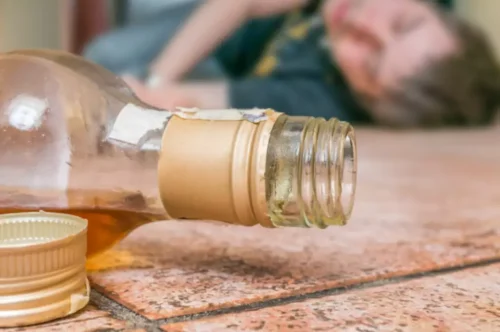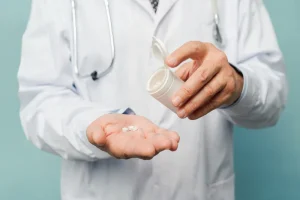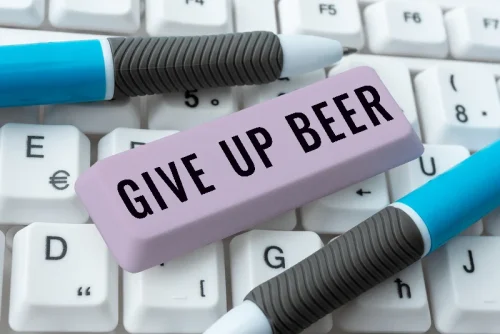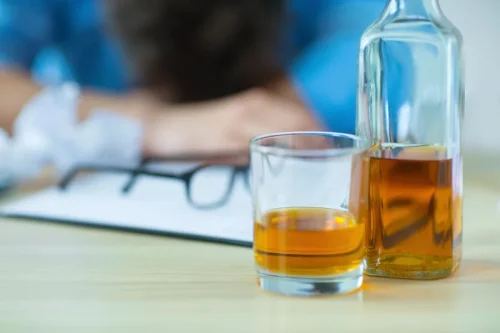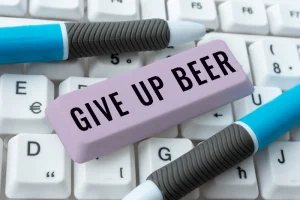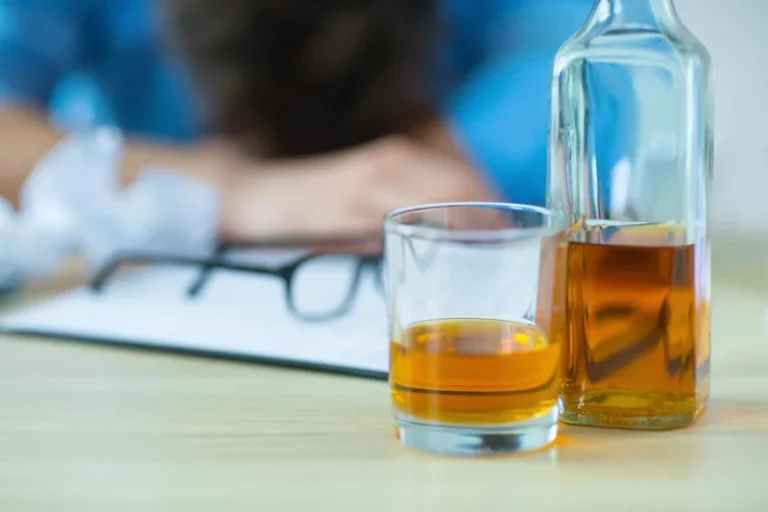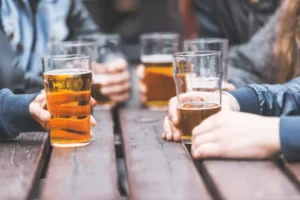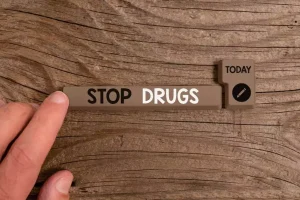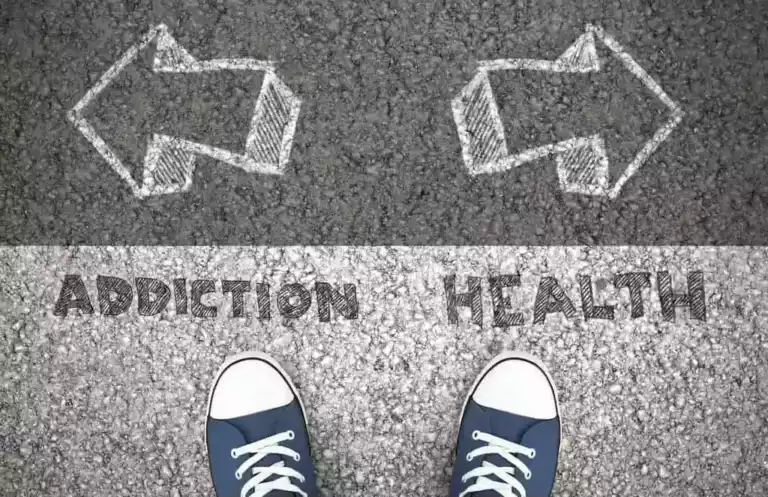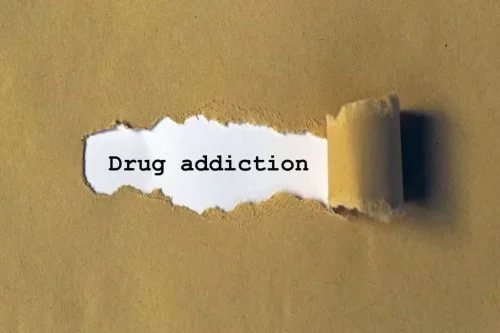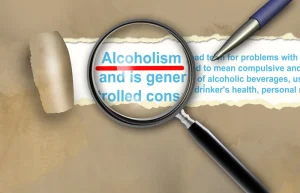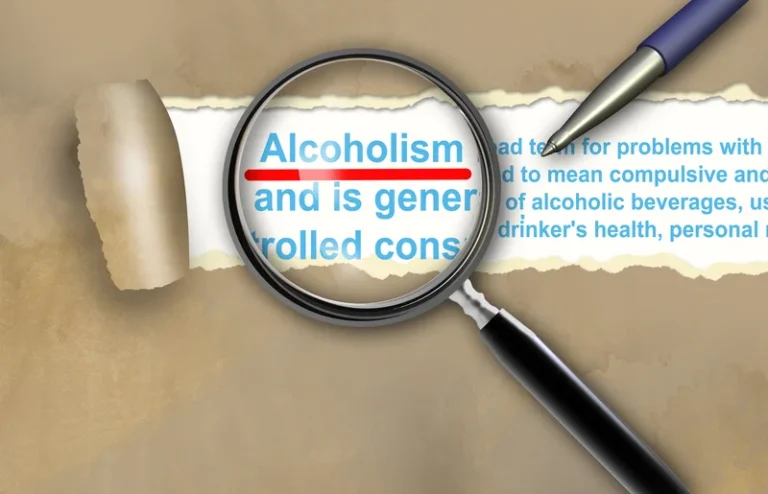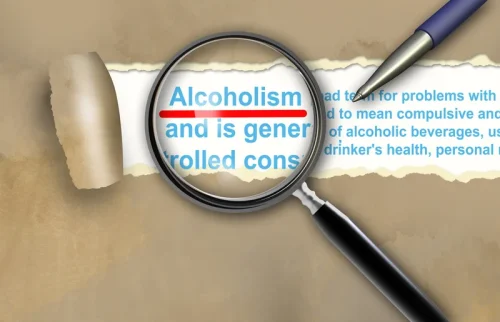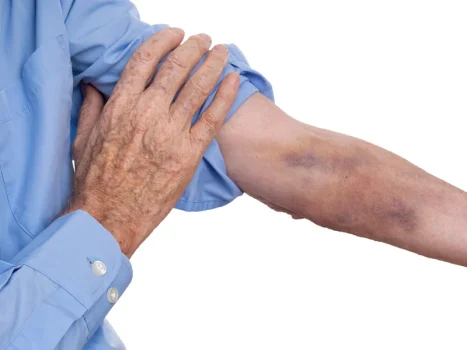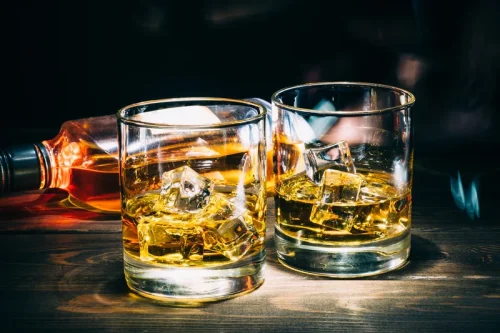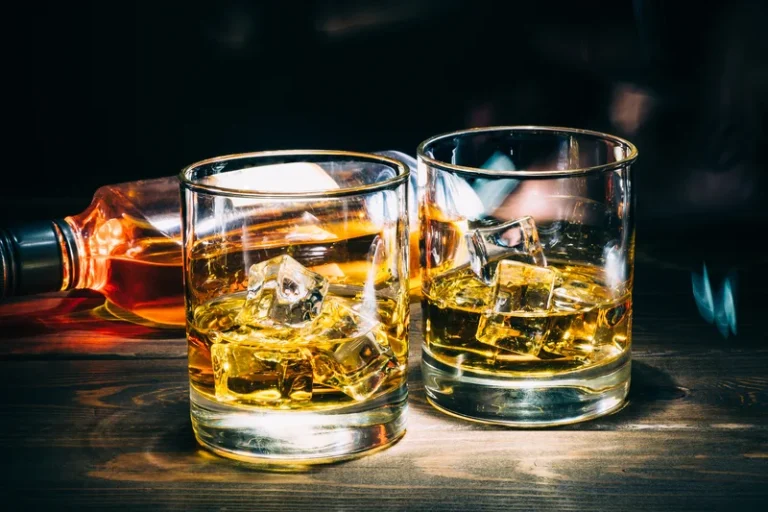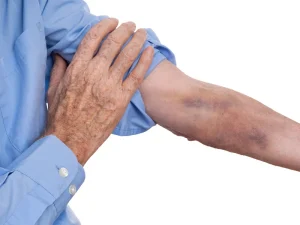
This knowledge fosters self-awareness and allows them to recognize the steps they need to take towards sobriety. By understanding that relapse is often a part of the journey, individuals can develop resilience and motivation to continue seeking help through addiction treatment and support systems. If you or a loved one is ready to take action and start the drug and alcohol recovery process, you’ve already started the stages of change and may be looking for treatment options. Treatment varies depending on the type of substance, the presence of co-occurring mental disorders and other personal factors. It’s important to explore your options and choose treatment that addresses your individual needs. Taking action is a very important step in the substance abuse recovery process, and it is one in which it’s important to have support as you make changes.
Can holistic approaches be part of the addiction treatment? #
The holistic substance abuse treatment steps take a wider view on recovery. Counseling and holistic practices tackle the reasons behind addiction and promote healthy living13. Starting alcohol recovery involves first handling the detox stage.
What does the contemplation stage involve? #
12-step programs help individuals who suffer from alcohol and other substance use disorders overcome and achieve sobriety and attain sustained recovery. By providing options for recovery, individuals can choose the approaches that resonate with their needs and preferences. This inclusivity fosters a sense of empowerment, encouraging active participation in the recovery process. In conclusion, mental health is key in substance abuse recovery. With dual diagnosis treatment and well-rounded strategies, effective help and lasting recovery are achievable. Too much stress can bring back cravings and negative feelings, leading to a possible relapse19.
Taxing Cigarettes Impact on Reducing Alcohol Consumption

Approaches like cognitive-behavioral therapy are crucial for lasting change and helping prevent a relapse. The preparation stage marks a turning point where individuals are ready to take action towards addiction recovery. They may start to make plans, such as researching treatment options, attending group therapy, or seeking help from a treatment center.

Addiction and Mental Health Challenges Among Veterans

The prospect of change engages people in http://paseka.su/books/item/f00/s00/z0000016/st043.shtml an inner dialogue about hope, disappointment, and accountability. Saying a mantra, substituting thoughts of recovery goals, praying, reading something recovery-related, reaching out to someone supportive—all are useful tactics. Planning in advance a way out of high-risk situations—whether an event, a place, or a person—helps support intentions in the face of triggers to use. Get the latest announcements on SAMHSA’s effort to address recovery support. Symptoms like low energy, trouble focusing, depression, and anxiety point to deeper issues.
Discover what to do after alcohol detox treatment for lasting recovery and a healthier, supportive lifestyle. Explore inpatient detox support services, from tailored treatment plans to 24-hour care for lasting recovery. Virtual support groups and forums provide an accessible option for those who may not have in-person recovery groups nearby. These online spaces allow individuals to connect with others anytime, anywhere. Programs like Alcoholics Anonymous (AA) and Narcotics Anonymous http://bani-i-sauni.ru/books/item/f00/s00/z0000013/st036.shtml (NA) have helped millions of people worldwide.
- In 12-step groups, addicts must acknowledge the powerlessness, unmanageability, and denial that have impacted them.
- Cravings are the intense desire for alcohol or drugs given formidable force by neural circuitry honed over time into single-minded pursuit of the outsize neurochemical reward such substances deliver.
- People can learn to resist or outsmart the cravings until they become manageable.
- Studies of outcome of addiction treatment may use one term or the other, but they typically measure the same effects.
- Many people desire only to moderate use and bring it under control.
Action: Implementing Change #
- If you or a loved one are ready to take the next step, reach out to Harmony Ridge Recovery Center.
- Healthy lifestyle choices significantly affect recovery duration.
- A supportive circle offers motivation and support during tough times.
- When this happens, it can be useful to stay with the urge until it passes.
It is possible to overcome shame—by driving right through it. Neuroscientist Adi Jaffe, Ph.D., who himself recovered from addiction, outlines five steps. • Meaning and purpose—finding and developing a new sense of purpose, which can come from many sources. It may include rediscovering a work or social role, finding new recreational interests, or developing a new sense of spiritual connection. The important feature is that the interest avert boredom https://kinofanonline.net/9459-seks-narkotiki-i-rok-n-roll-sexdrugsrockroll-sezon-1-2015.html and provide rewards that outweigh the desire to return to substance use.
Many people believe that they are powerless to change their own addictive behavior, and often it is a belief that keeps people addicted. The evidence shows that every day, people choose to recover from addiction on their own. One way or another, they learn and deploy a set of skills that help them get through the strong cravings and urges of the difficult early stages of recovery.
Discover common CBT techniques to tackle challenges, from cognitive restructuring to exposure therapy. Discover the proper detox definition and explore effective practices for achieving optimal wellness today. Discover why alcohol gives you night sweats and learn effective ways to manage and prevent them. Over the following months, improvements in liver function typically become evident, especially for those with mild liver damage who stop drinking early. For many, by the one-month mark, improvements such as weight loss, clearer skin, and better blood pressure are noticeable. Continued sobriety enhances cardiovascular health, potentially reducing risks related to high blood pressure or cardiomyopathy, particularly within the first year.
Read more